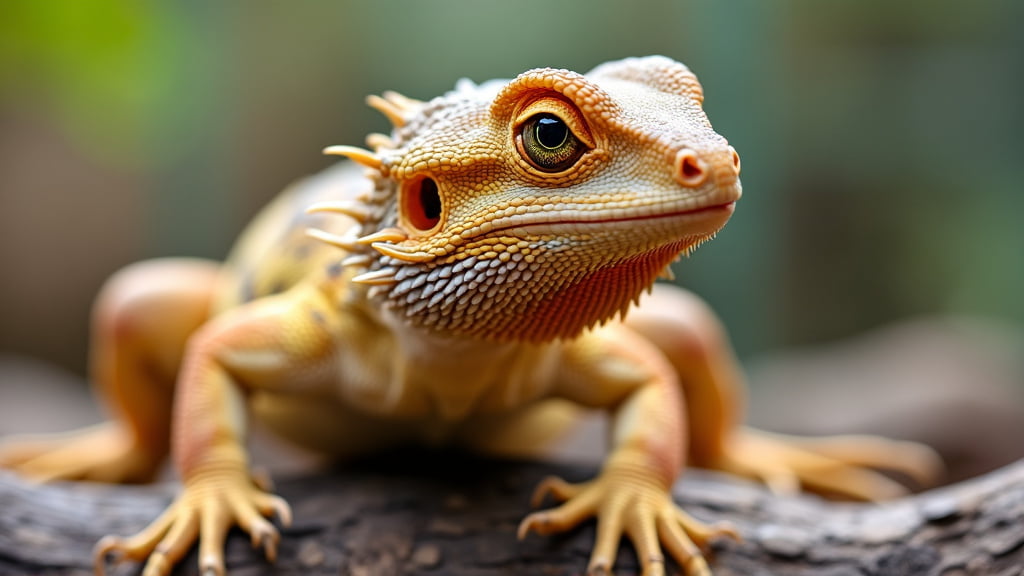Understanding Bearded Dragon Clutch Size: A Comprehensive Guide
Introduction
Breeding bearded dragons can be an exhilarating experience, especially when you witness the magic of eggs hatching into tiny dragons. One of the most important aspects to understand when breeding these fascinating creatures is clutch size. In this blog post, we’ll dive deep into what influences bearded dragon clutch size, how to manage and care for the eggs, and what to expect during the breeding process.
Factors Influencing Bearded Dragon Clutch Size
Genetic Factors
Genetics play a significant role in determining the clutch size of bearded dragons. For instance, if a female dragon’s lineage is known for producing large clutches, she is more likely to continue that trend. From my personal experience breeding bearded dragons over the years, lineage can sometimes trump other factors, making it essential to know the genetic background of your dragons.
Age and Health of the Female
The age and overall health of the female dragon significantly impact her clutch size. Younger females often produce smaller clutches, while a mature, healthy dragon can lay between 20 and 30 eggs in a single clutch. Ensuring your female dragon is in optimal health through a balanced diet and regular check-ups can significantly influence clutch size. Always consult a qualified vet for health concerns.
Environmental Conditions
The right environment is crucial for encouraging a larger clutch size. Temperature, humidity, and even the substrate you use can all affect the outcome. Ideal nesting conditions include:
- Temperature: Maintaining a temperature range of 26-29°C (78-85°F) in the nesting area.
- Humidity: A slight increase in humidity, around 40-60%, can help facilitate a healthy clutch.
- Substrate: Use a mixture of sand and soil to give the female dragon an ideal environment for laying eggs.
Managing and Caring for Bearded Dragon Eggs
Preparing the Incubation Area
Proper preparation is key to successfully hatching a bearded dragon clutch. I’ve found that using an incubator specifically designed for reptile eggs yields the best results.
- Temperature Control: Maintain an incubation temperature of around 28-30°C (82-86°F).
- Humidity Levels: Keep the humidity in the incubator between 75% and 85%.
Handling Eggs
When handling bearded dragon eggs, always be gentle. Mishandling can damage the eggs and lead to unsuccessful hatches. A few tips include:
- Mark the top of each egg with a pencil to ensure they are not turned during incubation.
- Avoid excessive handling to reduce the risk of damaging the delicate eggshells.
What to Expect During the Breeding Process
Egg Laying
Typically, a female bearded dragon will start digging in the substrate to prepare for laying her eggs. This is a sign that she is ready. Over several hours, she can lay a clutch of 20-30 eggs. From personal experience, patience is key, as the laying process can take significant time.
Incubation Period
Bearded dragon eggs usually take around 60-90 days to hatch, depending on the incubation conditions. It’s a waiting game, but the joy of seeing those first little heads pop out is unparalleled.
Hatchling Care
Once the eggs begin to hatch, you’ll need to be prepared to care for the new arrivals. Keep their initial environment simple and warm, and introduce food gradually. Tiny crickets and finely chopped vegetables are ideal starting foods for baby dragons.
Conclusion
Understanding and managing bearded dragon clutch size requires attention to genetic, environmental, and health factors. With proper care and preparation, you can look forward to a successful breeding season and watch your dragons thrive from egg to adult. For more on breeding bearded dragons, check out our comprehensive guide here.
Breeding should always be approached with care and knowledge, and any health concerns or questions should be directed to a qualified vet. Happy breeding!
Remember, if you need more in-depth tips or have specific questions, feel free to reach out in the comments below or consult your vet.

